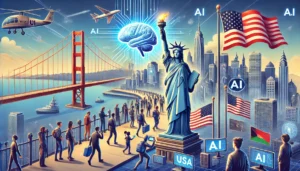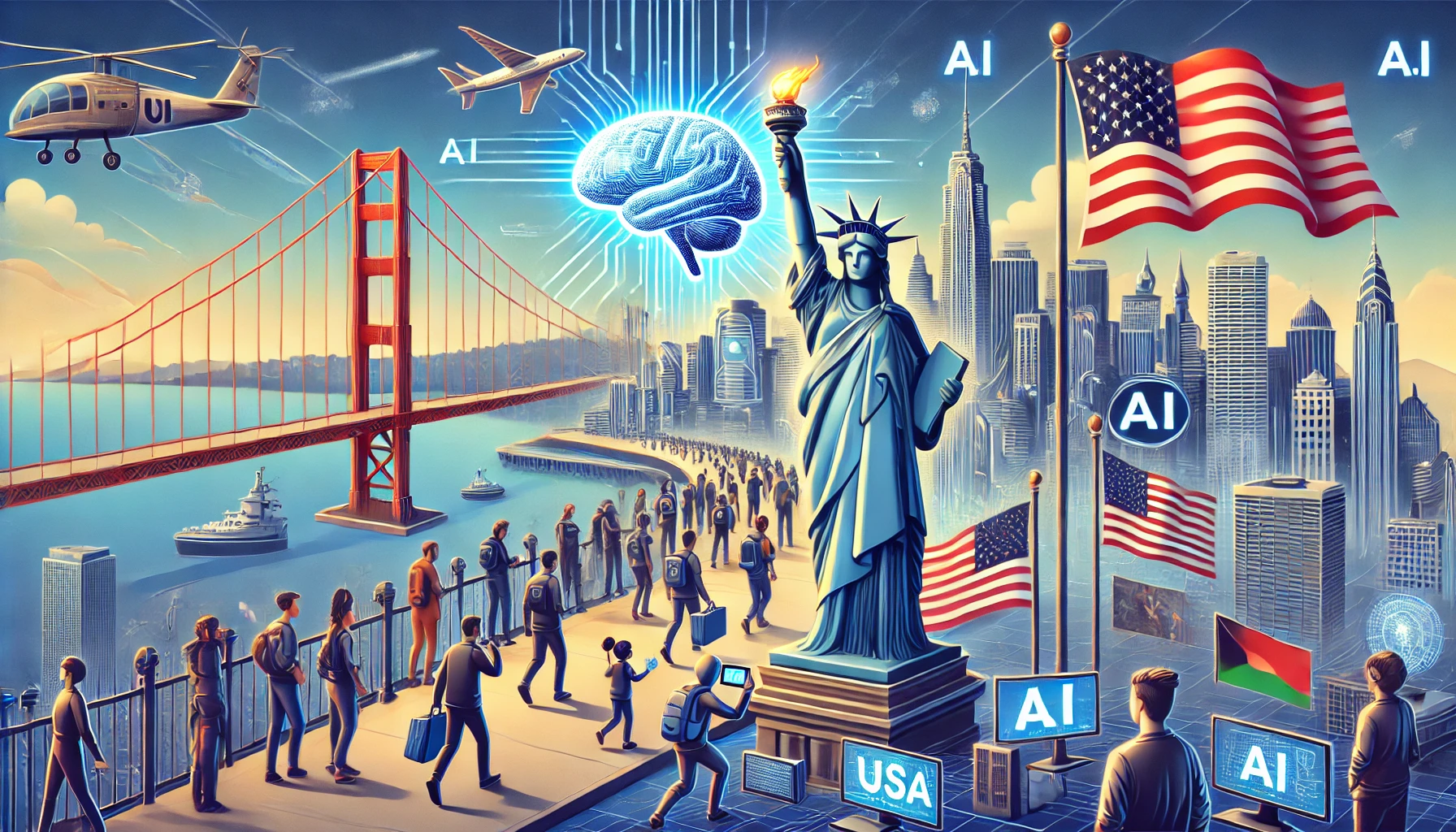

The United States has always been a melting pot of immigrants from around the world seeking the American dream. The seismic shift in demographics has ignited a sad ripple effect as current infrastructure fails to efficiently assimilate these newcomers into schools, cities, and across multiple industries. But artificial intelligence is not only making significant inroads in helping improve and execute on this process, it’s doing it faster than we can imagine.
In January of this year, the number of immigrants hit a record high in the US, according to Pew Research. Immigrants are projected to become 36% of the population by 2065. A recent statistic shows that over 50 million US residents speak two or more languages, with top multilingual hubs including NYC, LA, SF, and Houston. This has brought about cultural richness and the opportunity to create cross-cultural connections. However, schools and institutions are failing to communicate effectively with families. In particular, critical gaps within the education system have been exposed.
Language barriers
Many immigrant parents struggle to understand their children’s educational progress because information is not translated or interpreted effectively. For example, despite being a hotspot for cultural diversity, Dallas has failed to provide the language access needed for parents. This, oftentimes, places the burden on children to act as interpreters, forcing them into emotionally and mentally challenging roles and experiences like delivering layoff notices to family members or navigating medical conversations they can’t fully understand. Not only is this system demanding and unfair, but it’s also harmful.
To add to this cultural barrier, technological inequality deepens the problem. Statistics show that “about four-in-ten adults with lower incomes do not have home broadband services (43%) or a desktop or laptop computer (41%)” and “27% of adults living in households earning less than $30,000 a year are smartphone-only internet users,” according to Pew Research. A mobile-first approach tool must be designed to serve underserved communities. Any educational technology that ignores this reality will likely reinforce, rather than reduce, existing disparities.
Despite this acknowledgement of necessary functions in educational tools, mainstream language learning apps that dominate app stores (Duolingo, Babbel, Memrise) often fall short for these populations. Many apps are designed for adult learners, require expensive subscriptions for valuable content, or simply don’t help children in the context of a school setting. This calls not for another language app in the market, but for an app for an accessible and culturally responsive tool that meets children and families where they are.
How AI can help
Fortunately, growing technologies, like AI, can help bridge this gap within the education system. In classrooms across Europe, teachers are using ChatGPT to provide real-time translation and customized learning materials for students who speak different languages. Teachers have reported that this tool has greatly improved student participation and understanding for those who experienced difficulties due to language barriers previously. Researchers have gathered that it’s not enough to offer another translation tool; rather, it’s important to incorporate culturally relevant imagery, offline functionality, and intuitive design to target users in low-connectivity and high-diversity environments.
Not only can AI be used as a translation and educational tool, but it can also act as a foundational technology that reshapes how people access, process, and interact with information. AI-powered assistance is being utilized in the healthcare field to help patients better understand their treatment options in their native language. In the legal field, AI is being used to navigate complex bureaucratic processes. AI is also helping to redefine accessibility; AI offers translation services that can be deployed across platforms and languages at a fraction of the cost. When paired with mobile-first design and culturally intelligent UX, AI can close systemic gaps in everything from social services to consumer tech.
AI’s implementation in an academic setting can already be seen across universities in California, where Otter.ai is being used to provide real-time transcriptions of lectures for students in their native language. This has allowed students the opportunity to interact with the material and the professor in real-time, providing ease in understanding the professor’s directions and appreciation for the content being discussed. In Spain, Duolingo’s AI chatbot provides students with real-time practice and feedback when writing and speaking English. Students can ask the chatbot questions and instantly get a response or a tip to proceed. Duolingo has made learning a new language fun, engaging, and effective.
As the US continues to grow in its migrant population with an increasingly multilingual environment, the public institutions, private companies, and tech infrastructure must adapt accordingly to help them integrate into schools and communities. Fortunately, with the rise of AI, it’s fair to say that these linguistic gaps may barely or no longer exist, creating a far more seamless way for migrants to not only learn, understand, and embrace American values, but also to embrace them in their pursuit of the American dream.
(Image source: unite.ai)















